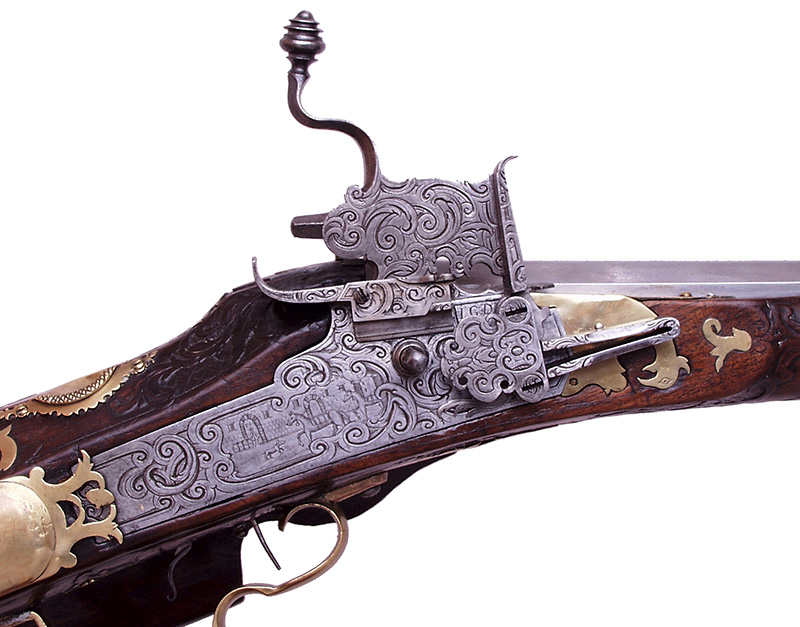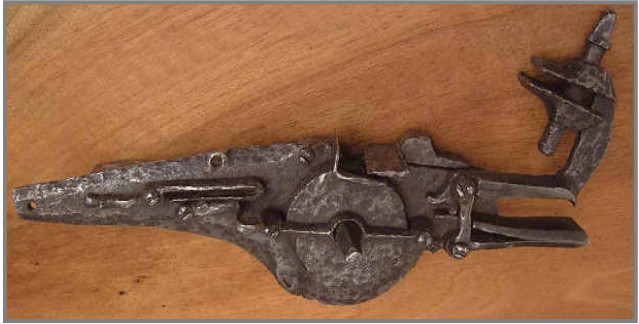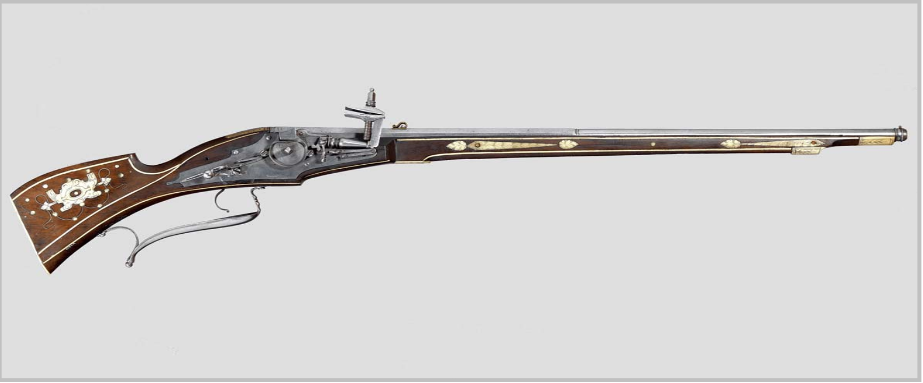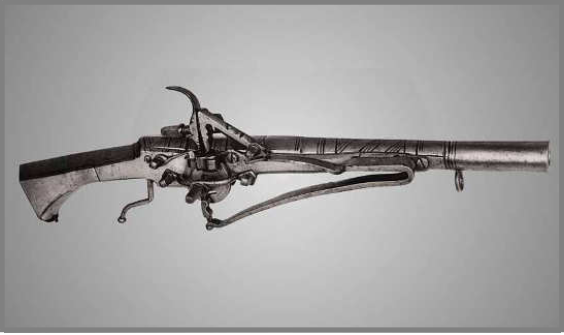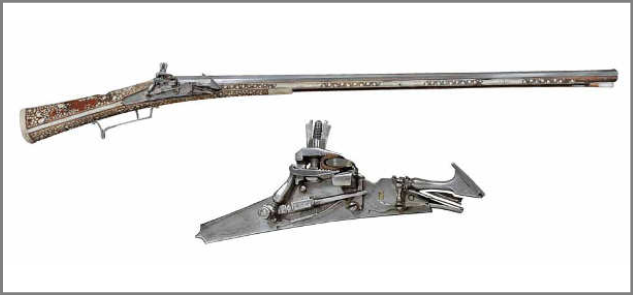I’m William Baxter, a passionate artist who finds inspiration in capturing the fleeting beauty of life.
This is a place to compile information from the wheellock forum and to provide myself a place to search and store my research material.
Search
Reference Material
Books and Manuals
Historical Reference
How to – Class coming soon!
I have always admired functional art. Art disguised with another purpose…
Mix intelligent, inspiring, and creative art with black powder and noise. I was hooked!
As I have experienced, “Art is not an object. It is the excitement inspired by the object.”
When I go into a museum, I don’t say “I want that!”, I say, “I want to build that !”
After a health scare a few years ago, I decided to do what I said I would do “later” in life, and started to develop the skills necessary to create such objects.
Wheel locks and flintlocks are simple in function. However, it is the highly ornate, almost over the top, decoration pieces that inspire (actually yell at…) me to build one.
These ornate masterpieces are at the top end of the spectrum of engineering and art.
It takes a unique combination of skills to design, develop, and decorate these objects of precision and beauty!
Besides the engineering skills necessary to make the object function, additional sculpting & engraving skills must mastered. Yet it is the ornamentation that is most prominent.
One is drawn to art visually. Therefore, the “Art” needs to be as, if not more, precise in its design & execution than the engineering. Visually it has to make sense.
To get this right.. One has to do research.
What’s New in the Archives
NMLRA – Gun Seminar 2025 – Wheellock Building Class
Books
-
The Fur Trade and Historical Archaeology
A BIBLIOGRAPHY Complied by Michael A. PfeifferNote: This bibliography may be used freely for research and may be posted to any scholarlyweb site. It may not be used for commercial purposes.Appendix A is a short bibliography of French language sources on thefur trade and archaeology in Québec By Roy Christian
-
Evolution of Medieval Gunpowder: Thermodynamic and Combustion Analysis
Evolution of Medieval Gunpowder: Thermodynamic andCombustion AnalysisTessy S. Ritchie, Kathleen E. Riegner, Robert J. Seals, Clifford J. Rogers, and Dawn E. Riegner ACS Omega 2021, 6, 22848-22856 ABSTRACT: Medieval gunpowder recipes of potassium nitrate (KNO3), charcoal (C), and sulfur (S 8) were investigated by bomb calorimetry to determine their enthalpies of combustion and by differential…
How to Articles
-
Practical TIG (GTA) welding
A survey of the process and equipment Peter W Muncaster Of all the welding processes tungsten inert gas (TIG) welding is one of the most versatile. Since its inception it has been improved and refined in terms of equipment, consumables and application and is capable of still further improvements.The author intends this to be a…
Peter Kunz
Historical Reference
-
Drawing & Engraving
A Brief Exposition of Technical Principles & Practice Philip Gilbert Hamilton 1892
-
Arms and Armour
—
by
ANILLUSTRATED HISTORYOFARMS AND ARMOUEFROM THE EARLIEST PERIOD TO THEPRESENT TIME.BY AUGUSTE DEMMIN. WITH NEARLY 2000 ILLUSTRATIONS.TRANSLATED BY C. C. BLACK, M.A..ASSISTANT KEEPER, SOUTH KENSINGTON MUSEUM. “Quum prorepserunt primls anlmalia tenis, Mutum et turpe pecus, glandem atque cubilia propter Unguibus et pugnis, dein fastibus, atque ita porro Pugnabant armis quae post fabiicaverat csus.” Horace, Sat. I.…
-
Die Waffensammlung im Schützenmuseum
Die Handfeuerwaffensammlung im Schützenmuseum umfasst über 400 Objekte. Im Treppenhaus vom EG zum 1. OG wird die Entwicklung der Schweizer Ordonnanzwaffen bis zum heutigen Tag chronologisch dargestellt. The handgun collection at the Rifle Museum comprises over 400 objects. The staircase leading from the ground floor to the first floor presents a chronological presentation of the…
-
Biblical Translations and Cross-cultural Communication – A focus on the Animal Imagery
INTRODUCTION Ancient translations of the Hebrew Bible constitute an interesting field for exploring cross-cultural encounters, since the translation process inevitably involves a significant variation of nouns, concepts and contents, that create a kind of ὁὂeὀ ‘ἴὁὄdeὄlἳὀd’ ἴetweeὀ cultuὄeὅ, wheὄe elemeὀtὅ ὁf continuity and discontinuity can be more clearly observed. These transformations are particularly evident in…
-
Bestiary Imagery in Hebrew Manuscripts of the Thirteenth Century
Adam S. Cohen Abstract: In medieval bestiaries, knowledge about animals and their behavior is regularly given a Christian moral interpretation. This article explores the use of imagery related to the bestiary tradition in three Hebrew books made around the year 1300, focusing especially on the richly decorated Rothschild Pentateuch (Los Angeles, Getty Museum MS 116).…
